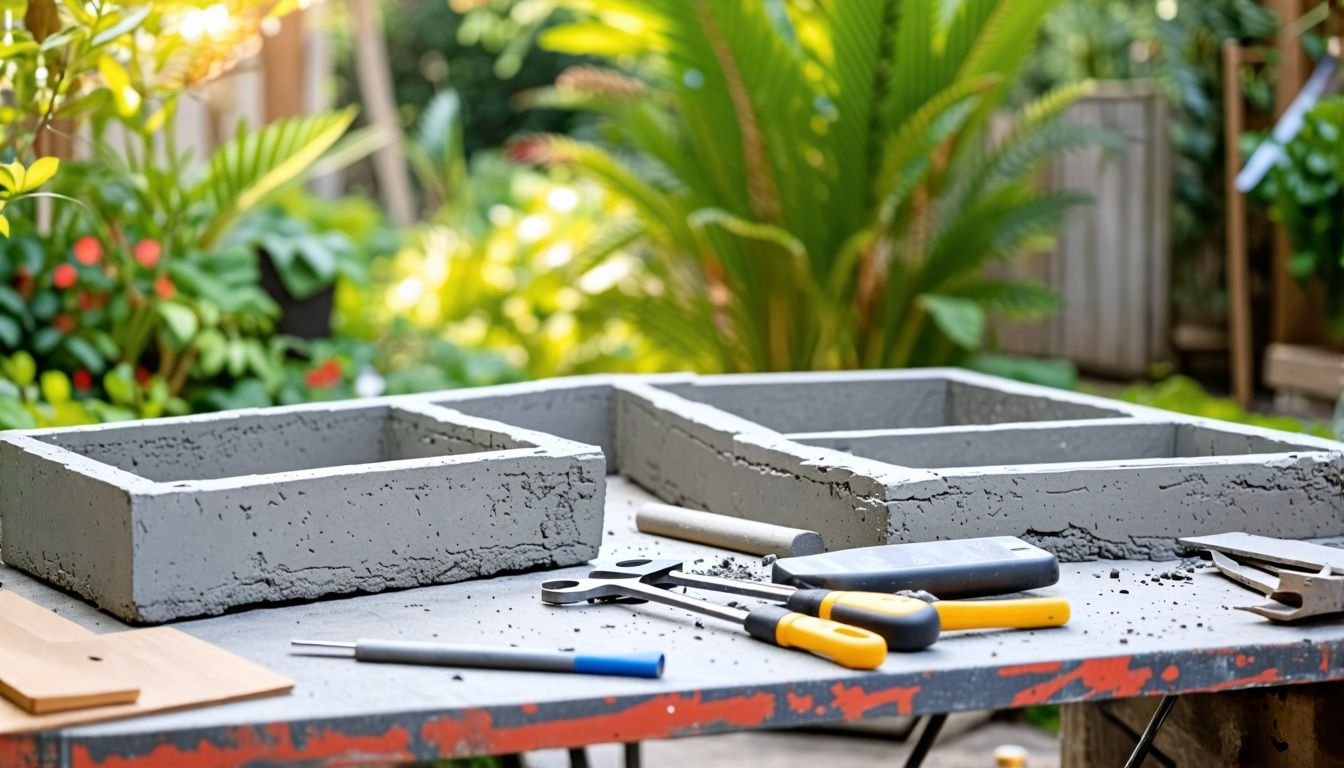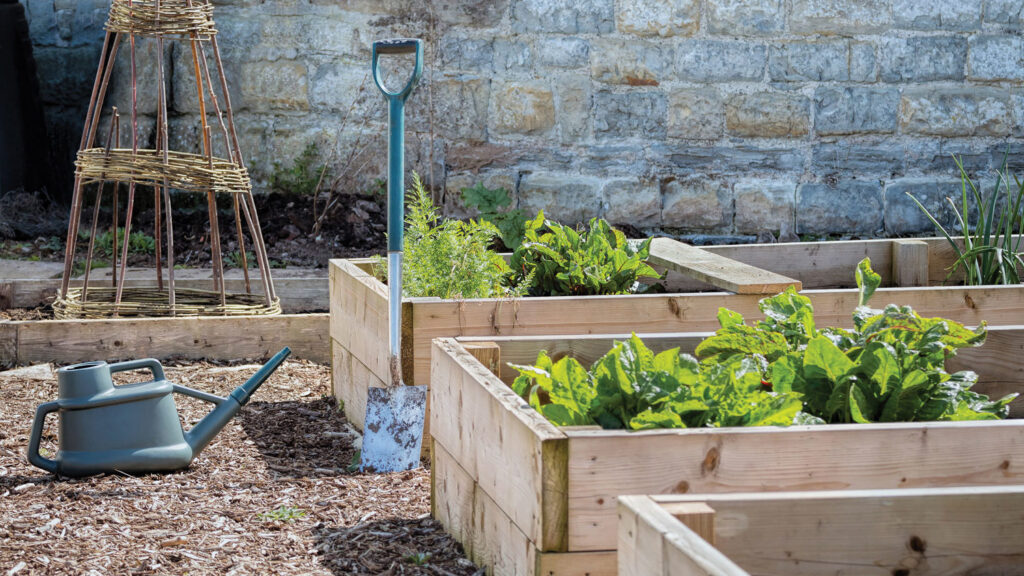blog
How to Build Your Own DIY Gardening Tools
Gardening can be an incredibly rewarding hobby, but it can also be expensive, especially when it comes to buying all the right tools. Fortunately, many essential gardening tools can be built yourself with a little creativity and some basic materials. Creating your own DIY gardening tools not only saves you money but also allows you to customize your tools to suit your specific gardening needs. In this guide, we will explore how you can build your own gardening tools at home, offering practical, step-by-step instructions for several key tools that every gardener will need.
1. Why Build Your Own Gardening Tools?
Before diving into the specifics of how to build DIY gardening tools, it’s worth discussing why you might want to take on this project in the first place. Here are some reasons why building your own gardening tools can be a great idea:
- Cost-Effective: High-quality gardening tools can be expensive, especially if you need to buy a wide range of items. Building your own tools can save you a significant amount of money.
- Customization: By building your own tools, you can tailor them to suit your specific needs. For example, if you have a particular type of garden or a specific task that you need to accomplish, you can design a tool that fits your exact requirements.
- Satisfaction: There’s something deeply satisfying about making your own tools from scratch. The process of designing and building a tool can be a rewarding experience that adds to your connection with your garden.
- Sustainability: Using recycled or upcycled materials to create your own gardening tools helps reduce waste and makes your gardening practice more eco-friendly.
Whether you’re an experienced DIY enthusiast or just starting out, building your own gardening tools is a project worth considering. In the following sections, we will guide you through the process of making a few basic tools that will enhance your gardening experience.

2. DIY Gardening Trowel
A gardening trowel is a staple in any gardener’s toolkit, used for digging, planting, and transplanting small plants. Rather than buying a mass-produced trowel, why not make one yourself? Here’s how you can build a basic DIY trowel with just a few materials.
Materials Needed:
- Metal spoon (preferably an old spoon that you no longer use)
- Wooden dowel or a sturdy stick (for the handle)
- Strong adhesive or screws
- Metal file (to sharpen the edge of the spoon)
Instructions:
- Prepare the Spoon: Start by finding an old metal spoon. The flat part of the spoon will serve as the blade of your trowel. If the spoon is too wide or the shape isn’t quite right, use a metal file to reshape the blade to your liking. Sharpen the edges slightly to create a more efficient cutting surface.
- Prepare the Handle: Choose a wooden dowel or sturdy stick that’s comfortable to hold. The length of the handle can vary depending on your preference, but about 12-14 inches is a good starting point.
- Attach the Blade: If you’re using adhesive, apply a generous amount to the end of the handle and press the spoon blade onto the handle. If you’re using screws, drill a small hole into the spoon and handle, and use a small screw to attach the blade to the handle. Make sure the spoon is securely attached and doesn’t wobble.
- Finishing Touches: Sand the handle to smooth out any rough edges and coat it with a protective finish if desired. This will help prevent the wood from splintering or absorbing moisture.
Now you have a functional DIY gardening trowel that can help with planting, digging, and more.
Tip: You can also experiment with other materials, like plastic or bamboo, to make the handle more lightweight or eco-friendly.
3. DIY Garden Fork
A garden fork is another must-have tool for breaking up soil, aerating your garden bed, and loosening compacted soil. A homemade garden fork can be easily crafted using basic materials. Here’s how you can create one yourself.
Materials Needed:
- A strong metal rod or steel rebar (for the tines)
- Wooden dowel or pipe (for the handle)
- Welding tools or strong adhesive
- Metal hacksaw or cutting tool
- Drill with a bit for creating holes
Instructions:
- Create the Tines: Begin by cutting the metal rod or steel rebar into four equal lengths. These will become the tines of your garden fork. Using a metal hacksaw, cut the rebar into manageable lengths. For a typical garden fork, the tines should be about 6-8 inches long.
- Shape the Tines: Use a hammer to straighten the tines if they are slightly bent or uneven. If you prefer, you can sharpen the tips slightly to help them penetrate the soil more easily.
- Prepare the Handle: The handle can be made from a wooden dowel or metal pipe, whichever is more durable and comfortable for you. The length of the handle should be around 3 to 4 feet to provide enough leverage for digging and aerating the soil.
- Attach the Tines: Drill four small holes at the end of your handle and insert the tines into the holes. Use strong welding tools or adhesive to secure the tines in place, ensuring they are evenly spaced.
- Finishing Touches: Sand the handle to remove any rough edges and finish with a wood stain or protective sealant to increase durability and prevent wear from moisture.
Now, you have your own garden fork for aerating soil and loosening up compacted earth.
Tip: If welding isn’t an option, you can use strong metal adhesive or screws to secure the tines to the handle. Just ensure that the tines are firmly attached to avoid accidents.
4. DIY Compost Bin
A compost bin is an essential tool for gardeners who want to recycle organic waste and improve soil quality. While you can buy a compost bin, it’s easy to make your own with materials that you may already have lying around.
Materials Needed:
- Wooden pallets (or a similar sturdy material)
- Nails or screws
- Hammer or screwdriver
- Mesh wire (optional, for extra ventilation)
Instructions:
- Create the Base: Begin by laying down three wooden pallets to form the base of your compost bin. Arrange them in a square or rectangular shape. Secure the pallets together using nails or screws. If you want added airflow, you can attach mesh wire to the sides to allow for better ventilation.
- Build the Sides: Attach three more pallets to the sides, forming a box-like structure. Be sure the structure is sturdy and square to hold your compost materials effectively.
- Add a Lid (Optional): If you want to keep your compost bin covered, you can add a lid using a wooden pallet or a piece of corrugated metal. This will help keep moisture in while also keeping pests out.
- Finishing Touches: Sand the edges of the pallets to avoid splinters. If you have mesh wire, you can wrap it around the sides to ensure airflow.
Now you have a DIY compost bin to help recycle organic materials like fruit scraps, vegetable peels, and yard waste into nutrient-rich compost for your garden.

5. DIY Weeding Tool
Weeding can be one of the most tedious tasks in the garden, but having the right tools can make a big difference. A simple DIY weeding tool can help you pull weeds from the roots without damaging your plants.
Materials Needed:
- A sturdy piece of wood or old broomstick
- A metal hook or nail
- Strong adhesive or screws
Instructions:
- Prepare the Handle: Start with a sturdy piece of wood or an old broomstick. Cut it down to a comfortable length (around 3 feet). This will be the handle for your weeding tool.
- Create the Hook: For the weeding tool’s head, you can use a metal hook or an old nail that you bend into a hook shape. This will help you grab and pull weeds from the soil.
- Attach the Hook: Use strong adhesive or screws to attach the hook securely to the end of the handle. Make sure the hook is angled properly to pull weeds effectively.
- Finishing Touches: Sand the wooden handle to smooth out rough edges and coat with a protective finish.
Now you have a DIY weeding tool that can help you clear weeds from your garden with minimal effort.
6. Conclusion
Building your own gardening tools can be a fun and rewarding experience. Not only will you save money, but you’ll also gain a sense of accomplishment from creating something useful with your own hands. From a simple gardening trowel to a more complex garden fork, the tools you make yourself can be just as effective as store-bought versions, and they’ll be tailored to suit your needs.
Creating a compost bin or a weeding tool can further enhance your gardening experience, making your gardening tasks easier and more enjoyable. So, gather your materials and get started with your own DIY gardening projects. Whether you’re a seasoned gardener or just getting started, building your own tools is a great way to enhance your gardening journey.


